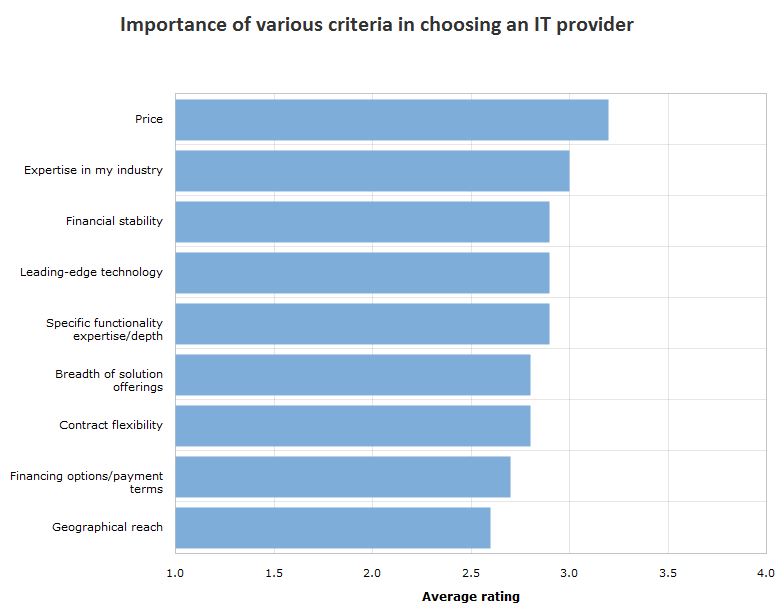
Choice of IT providers in education is less focused on cutting edge technology and more driven by price than other industries, according to analysis from Kable.
Respondents to Kable’s survey of IT business leaders worldwide from the education sector gave price an average importance rating of 3.2 out of 4, compared to 2.9 across all industries.
In addition, the education sector gave leading-edge technology a rating of 2.9 compared to the average of 3.0 across all respondents.
Government also assigned an above average importance to price at 3.0, while healthcare prioritised both leading-edge technology and price at 3.1.
These figures contrast with the retail banking sector, which gave leading-edge technology a rating of 3.1 and price a figure of 2.9.
While education currently places an above-average emphasis on costs, this may be set to change; taking the UK as an example, according to the British Education Suppliers Association (BESA), primary and secondary ICT spend are set to grow by 5 percent and 5.2 percent respectively this year, outpacing non-ICT spending which is forecast to grow by 3 percent and 4.2 percent.
According to Kable, education sectors also have a less centralised IT structure, with purchasing decisions being made jointly by all affected parties. Across the different products surveyed, in education 34.2 percent of purchasing decision-making was done jointly by all affected parties including the C-suite, IT department and individual business units.
This compared to 30.6 percent in other industries. As a whole, CEOs and CFOs played less of a role in decision making education organisations, responsible for 8.9 percent of decision-making compared to 9.8 percent among other industries.
All figures come from Kable’s ICT Customer Insight survey, which polled 2685 respondents, from across the world in Q4 2014. The survey findings include data on hardware budget allocation, telecommunications budget allocation and software budget allocation. Subscribe to Kable here.






